There are loads of techniques and tricks when it comes to audio, which musicians use to give you the best and most interesting songs that they can. Fading is an essential part of music, being used for many different effects.
For example, a song can fade in at the beginning, building up excitement and anticipation as the song gets louder and louder. On the other hand, a song can fade out at the end, which keeps the excitement going.
A fade out stops the song from ending abruptly and killing the mood, rather letting you ride it out as it gets quieter. But just what is meant when people “crossfade”?
Well, we’ve got the answers for you! Below, you’ll find out all about crossfading and the many different types you can experiment with.
On top of that, you’ll find out about the effects that crossfading can achieve, and the many ways that it can be used as an audio technique. Read on!
What Does It Mean To Crossfade Audio?
A crossfade is the process of fading one audio source into another, and vice versa. With a crossfade, you are taking two separate audio files or tracks, and combining them into one file.
This creates a seamless transition between the two tracks, letting them slip perfectly into one another, and leaving no break in between them.
This is often much better than the alternative, where the audio could come to a sudden stop or you have a really glaring, gaping shift between the two.
This opposite technique is called “butt splicing”, with one audio track ending and the beginning of the next one being directly joined onto it.
It can be a very awkward transition, but sometimes that’s the point, and that’s why some people choose to use it instead of the seamless transitions of a crossfade.
Linear And Non-Linear Crossfades
There are two main types of crossfades: linear crossfades and non-linear crossfades.
Linear crossfades fade from one track to another in an orderly fashion.
Non-linear crossfades, on the other hand, fade between tracks at random points.
These types of crossfade are often used when you want your listeners to hear something new or different every time they listen to your song, keeping the listener on their toes and spotting a new transition every time.
Analog And Digital Crossfading
Crossfades also differ in two other ways, with the option of analog or digital crossfading.
This difference has only been created by the improvement of technology over the years. Decades ago, analog crossfading was the only option, but now you can do your crossfading much more easily with digital processes.
But what does each type mean?
Well, analog is doing it yourself. This is when the crossfade takes place in real time, as opposed to after the music has been mixed. You perform the fade yourself, which requires technical skill.
It used to take three cassette decks to do it, using two as the input sources of the two audio tracks, and the third cassette for recording the mix onto.
Additionally, people could try to crossfade while using turntables. Records are a technology even older than cassettes, and require even more skill!
DJs would often like to spin two records, with two different audio tracks, and use a crossfade switch to transition between the two records as seamlessly as possible.
Digital crossfading, on the other hand, is done by using computerized software. By using a computer to do the mixing, the crossfade between tracks is done digitally, which means that the crossfade occurs after the music has been mixed.
If a crossfade happens in real time, then there will be no noticeable difference between the two tracks. If the crossfade does not occur in real time (so, digitally), then the second track will start playing before the first track has finished.
Why Should I Crossfade My Song?
There are several reasons why you should consider crossfading your song. For example, if you have a long song, you may want to split it up into smaller parts.
By doing this, you can make sure that your listener won’t get bored listening to just one section of the song, because there’ll be a new and interesting tune just around the corner.
Another reason to crossfade your song is that it will help keep your listeners on their toes. If you don’t crossfade your song, then it may not have as much variation to it, and listeners will begin to know what to expect.
Yes, expectations can be good – but you also want to keep a listener guessing. If they know every single thing that’s coming, what’s the point of listening in the first place?
Additionally, a DJ might use crossfades to eliminate silence between switching songs. If there’s a silent gap, even if it’s just a second, people might stop dancing.
You want to grab them on a musical vibe and keep them there, and you can’t let them drop or dangle at any point. A crossfade ensures that you can change up the beats without losing the infectious rhythm that’s within each dancing body.
Final Thoughts
And there you have it! Crossfading can be a really useful technique for a musician to use, as you have seen from the above guide.
There are a good amount of different types of crossfading, and you can achieve a whole load of different effects depending on how you use your crossfades.
They can be a really useful tool for keeping a song interesting, and keeping your audience on their toes – often literally, dancing!
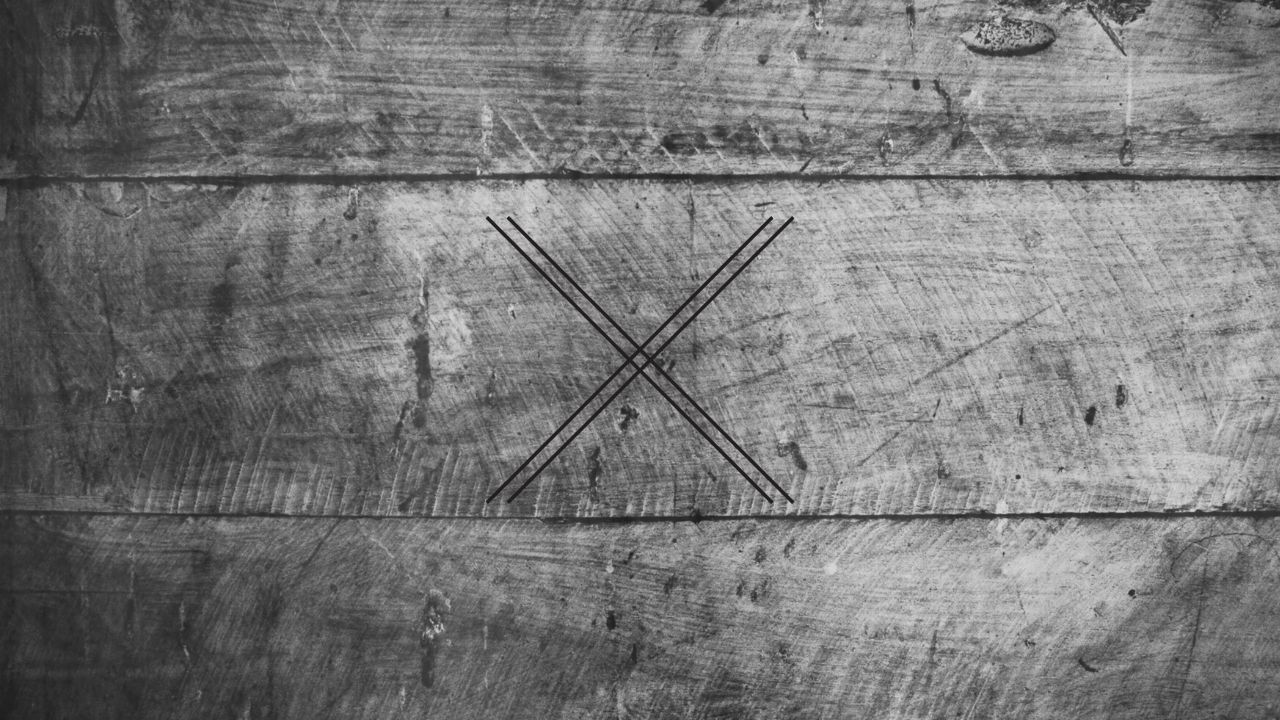
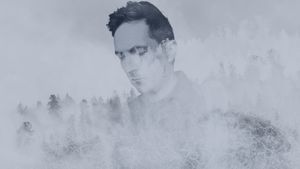
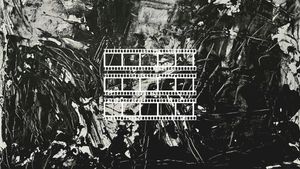
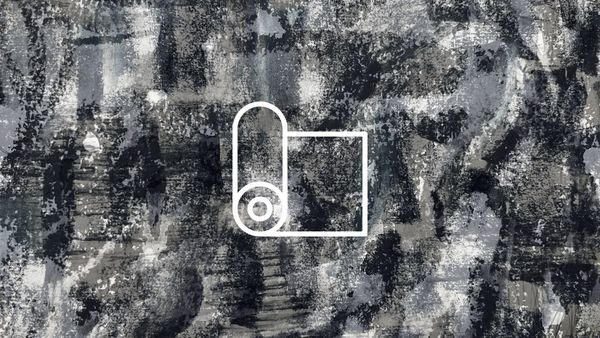
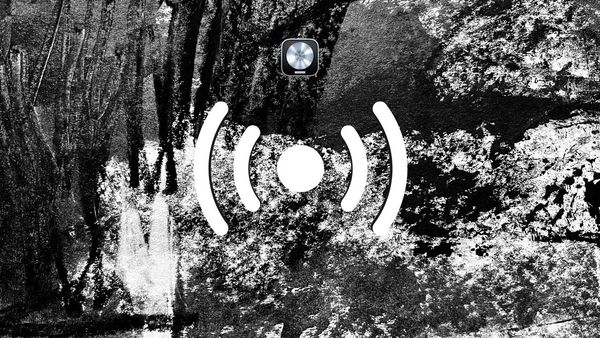
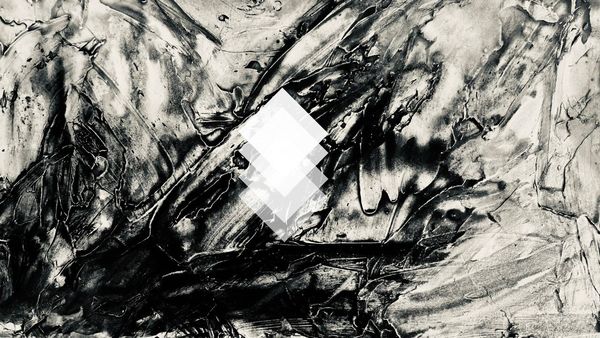
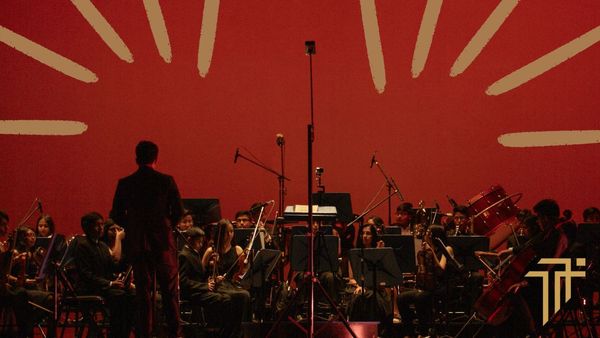

Member discussion